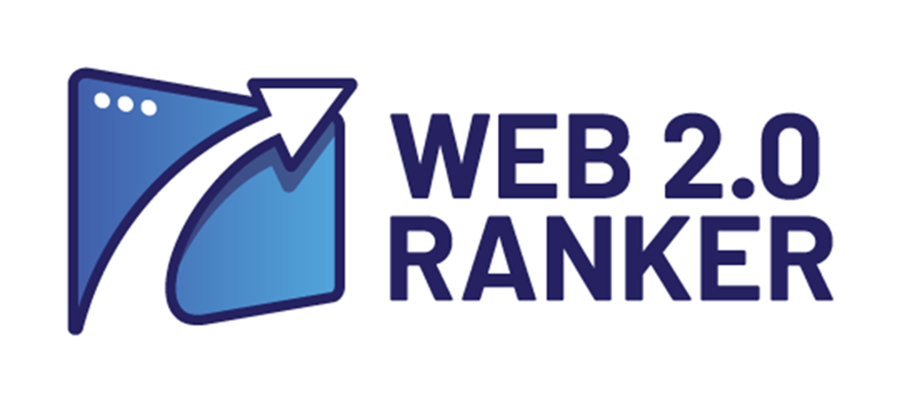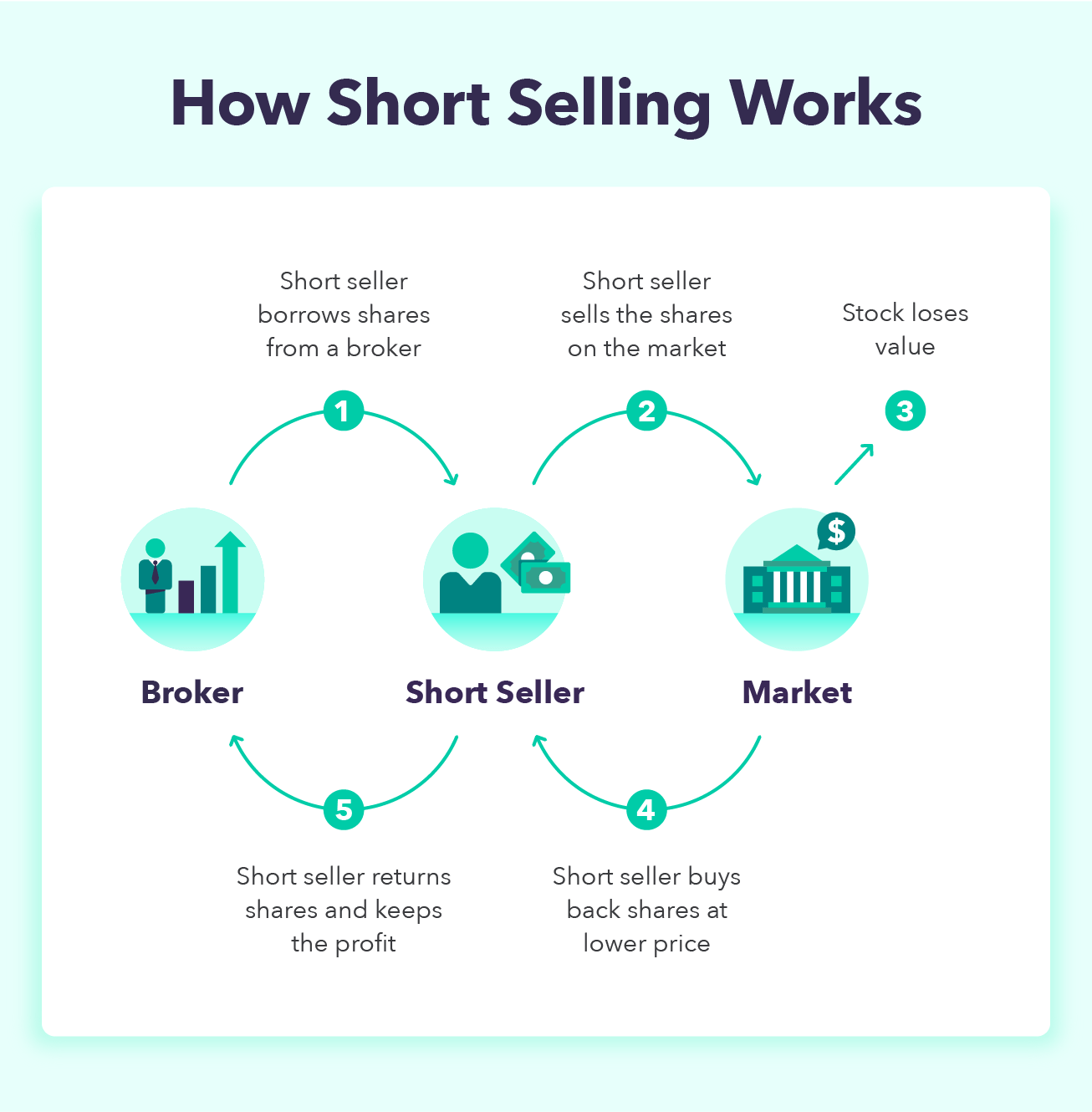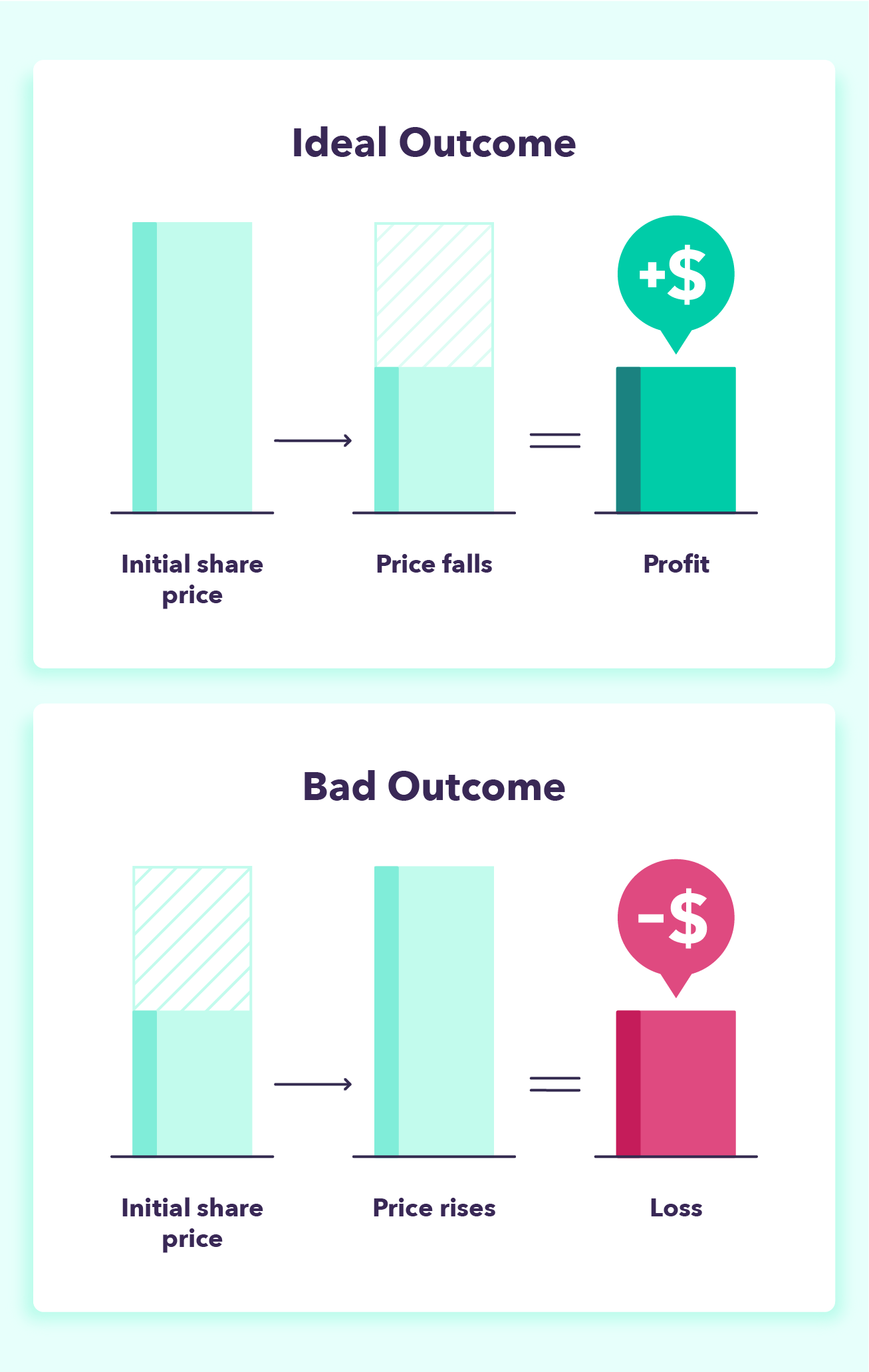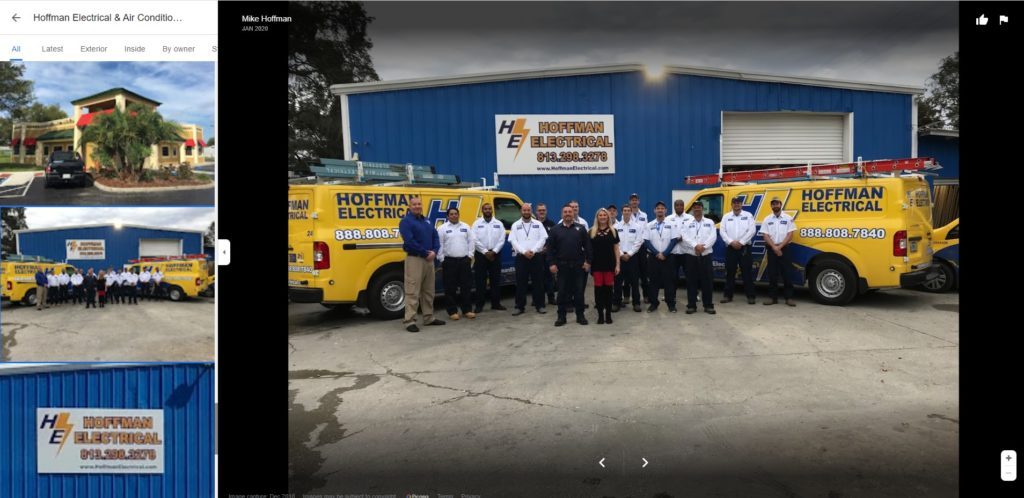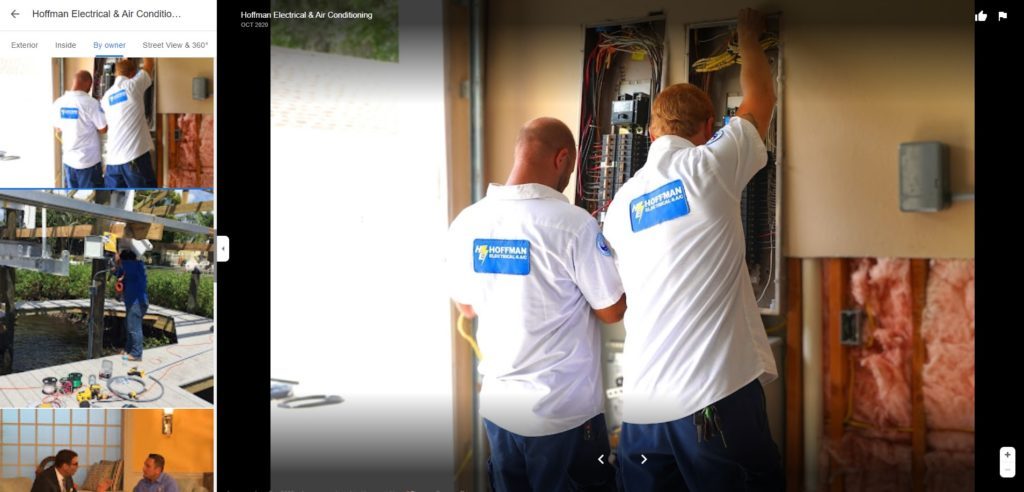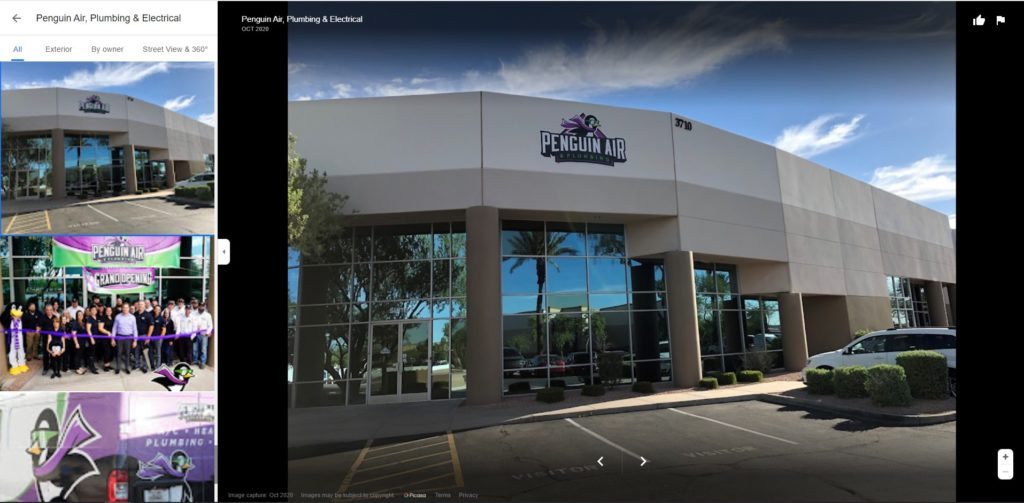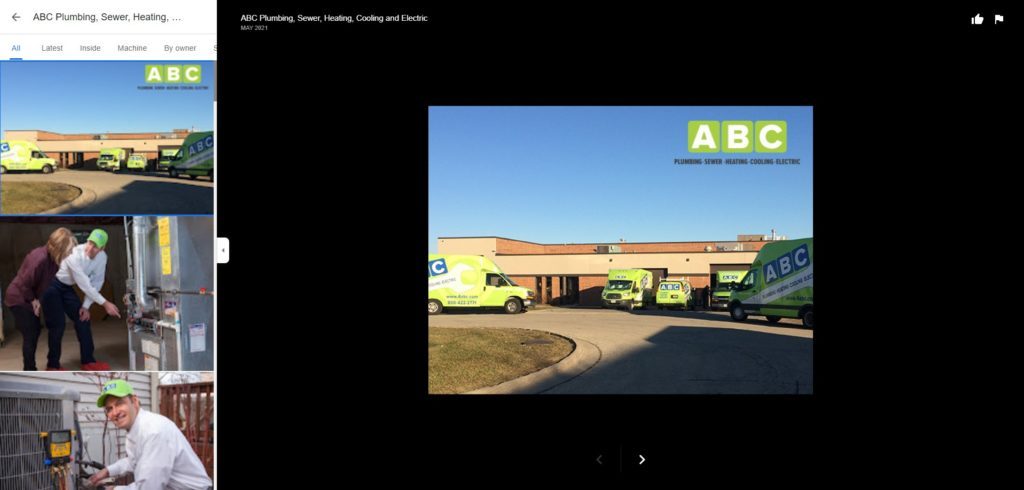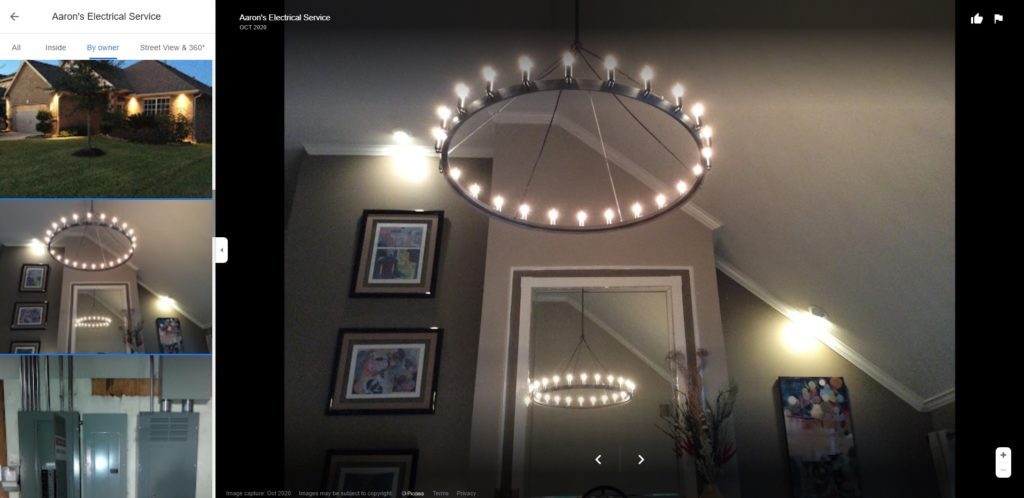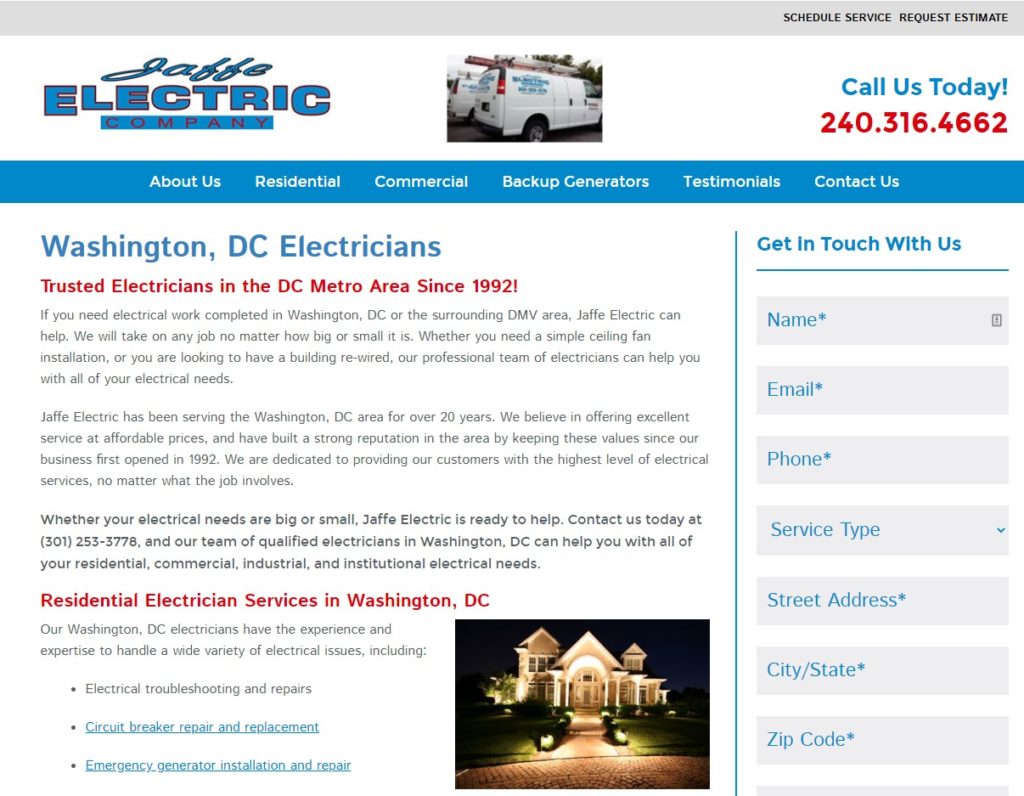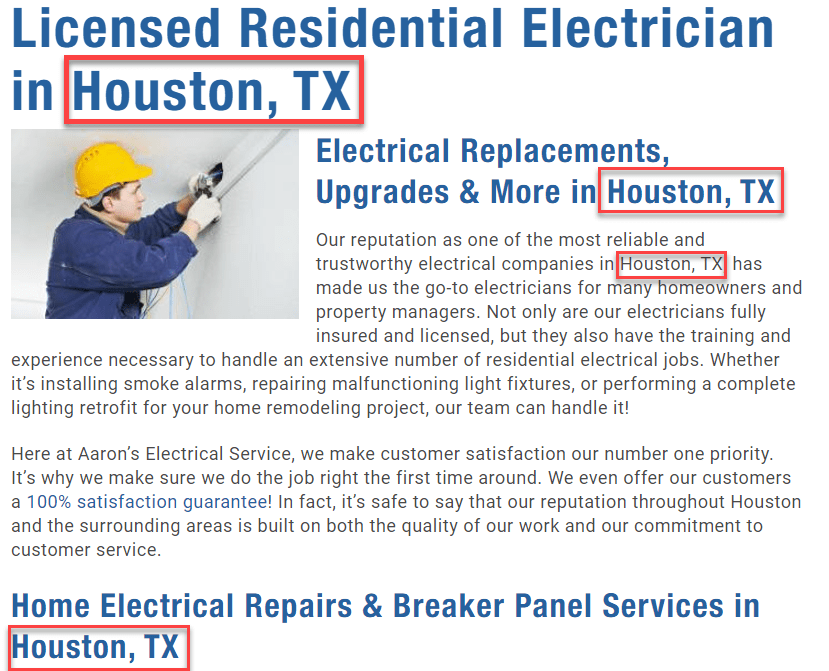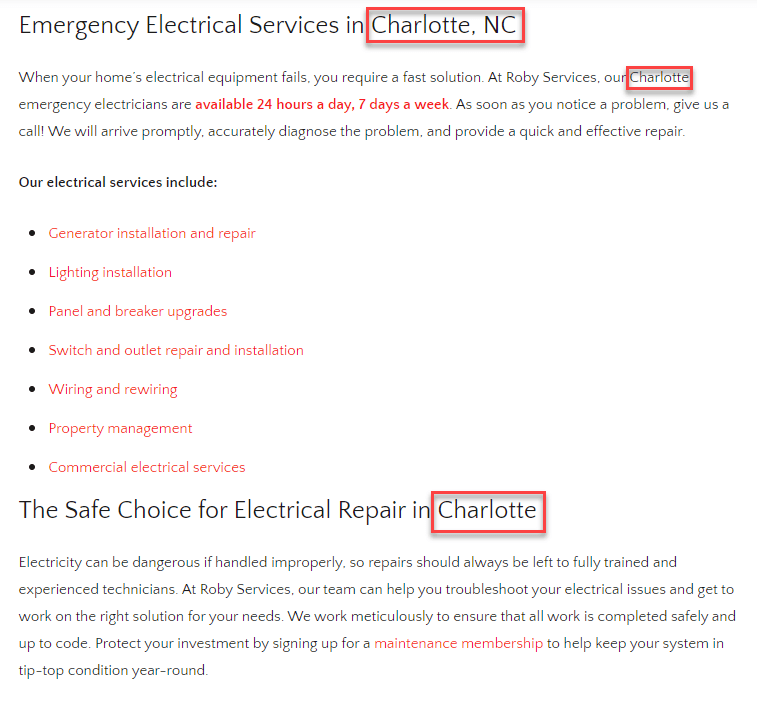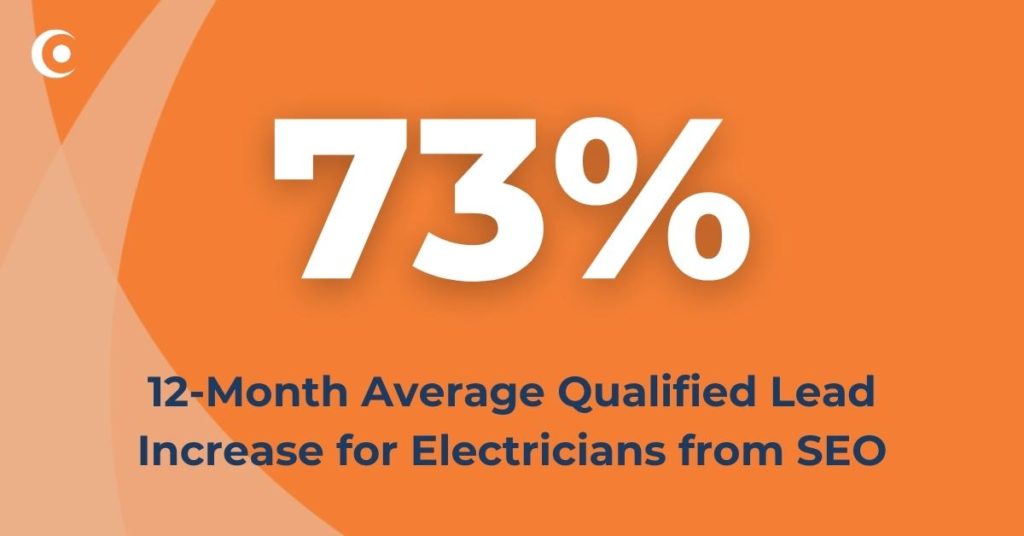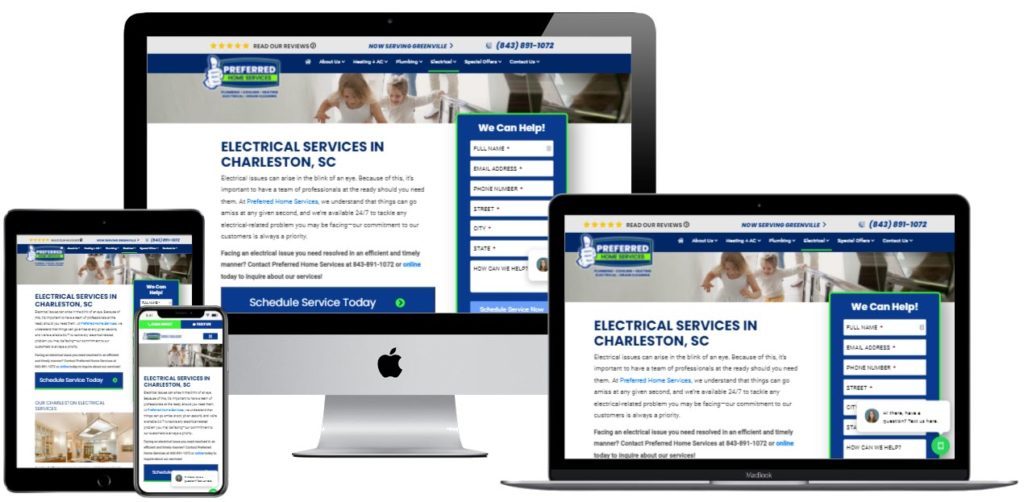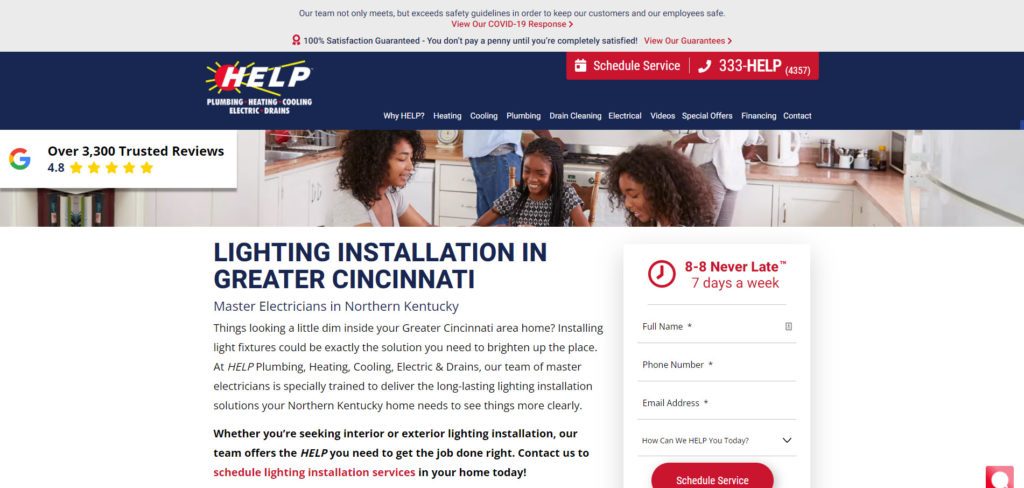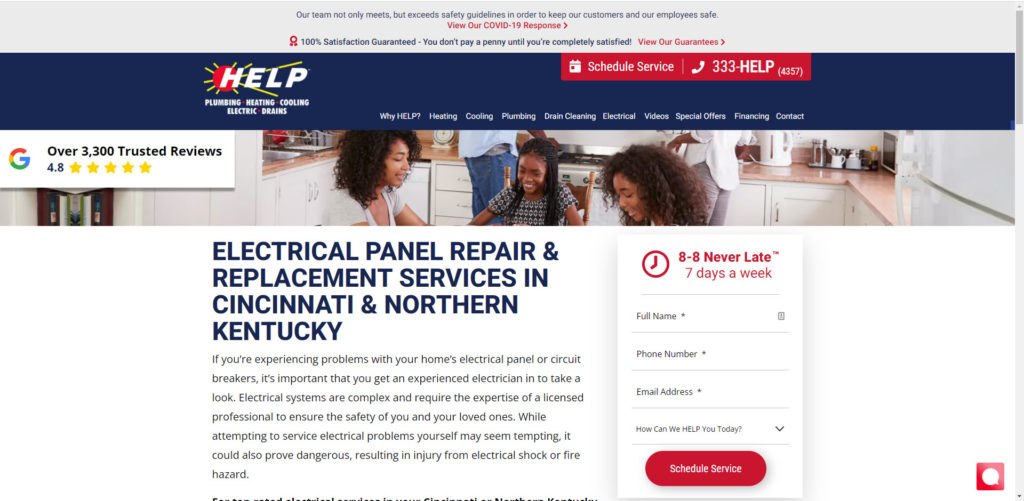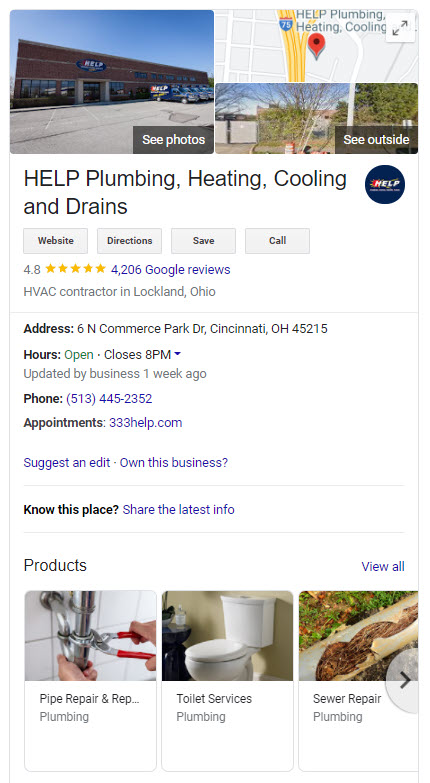Editor’s Note: This post was originally published in March of 2012 and has been updated for accuracy and comprehensiveness.
Whether you’re going to hire someone to run your SEO campaign or you’re going to take a stab at it on your own, there are certain skills that help the optimization process happen smoothly.
The skillset for SEO experts is typically quite broad, but there’s normally a baseline of traits that contribute to their digital prowess. In considering how you or your SEO service provider handles your optimization, keep an eye out for these 10 skills.
1. Critical Thinking
It’s important to remember that no two SEO plans are completely alike. Every website is different, and there are many factors that impact a site’s search engine ranking.
Because of that, it’s imperative that an SEO expert should be able to find potential issues on the websites that they work on. This can be done by engaging in competitor research and figuring out what’s working or not working for some of your chief rivals.

(Image Source)
SEO success boils down to having the ability to “out-optimize” your chief competitors. An SEO expert should be a critical thinker; someone who can examine your campaign vs. those of your rivals to determine what went right, what went wrong, why it happened, and how you should go about fixing any problems.
There is no standard SEO formula. That’s why it’s important to bring a critical mind to the table in order to understand unique problems from multiple angles and find creative solutions to correct them.
2. Prioritization
Prioritization is vital to running a successful SEO campaign. That’s why all SEO experts should have a strong understanding of the steps that need to be taken. Each of these steps should be prioritized as it pertains to their importance and difficulty.
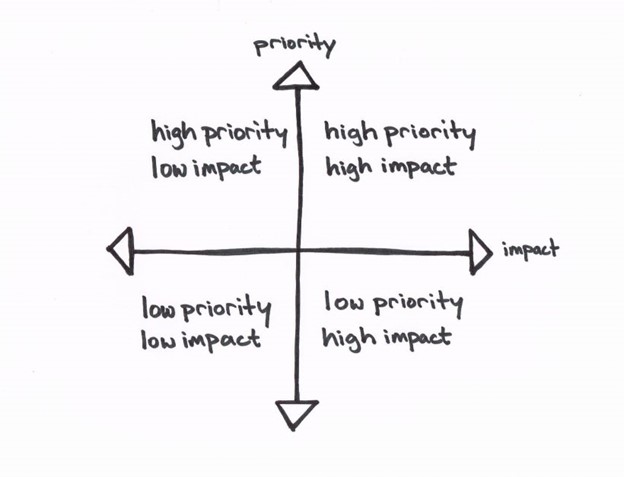
(Image Source)
For example, generating backlinks is one of the most time-consuming and difficult aspects of the SEO process. It is also one of the most important factors in determining to rank.
A backlink is a link to your site from a respected website that is relevant to your industry. Think of it as a recommendation. When a site is linking to your page, it is acknowledging that you are an expert in your field.
Because of the difficulty and importance placed on link building efforts, it’s important to give this process lots of time and attention to ensure that it pays off for you in the end. Simple matters like content tweaks, while still important, take far less time and shouldn’t be prioritized.
3. Project Management
SEO isn’t just about building links, increasing a website’s loading speed, or finding the right keyword phrase. It’s also about planning, executing, and managing projects effectively.
You need to plan your work, meet deadlines, and manage your team. Otherwise, achieving the objectives will become much harder.
Even if you work on your own, you need a systematic approach to planning your tasks and measuring progress.
Here’s where project management comes into play.
Project management is the discipline of managing and coordinating all your resources (i.e. SEO knowledge, capital, people, information, etc.) to achieve a particular goal in the most effective and efficient way possible.
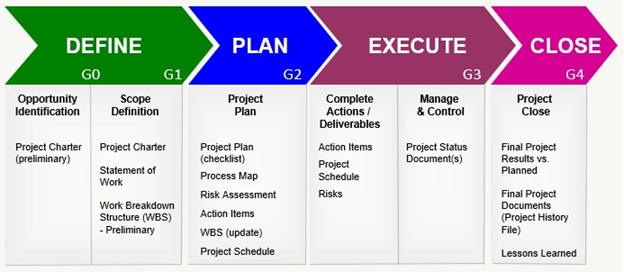
(Image Source)
To deliver a great experience to clients, SEO professionals must develop solid project management skills, including:
- Task management: How to assign and monitor crucial tasks during the entire project life cycle.
- Communication: How to centralize team and client communications into one place.
- Team management: How to assign responsibilities and coordinate work efficiently (especially vital as you grow).
- Time management: How to ensure you’re using your time appropriately and optimize your approach accordingly.
- Risk management: How to identify and mitigate potential risks involved in your SEO projects.
- Technology: How to implement the right project management software to manage all your projects and work.
4. Research Minded
Research is incredibly important to an SEO campaign. An SEO expert should be someone who mastered the art of researching while still in school and perhaps even enjoyed it on some level.
Comfort and confidence are needed for strong research and make no mistake about it, keyword research is going to take a fair amount of time.
Be thorough and look into every angle when planning out your keywords. SEO experts know the importance of terms that are both high value, meaning that there is a large demand for them, and relevant. Relevancy is huge.
If your SEO director is telling you that you should apply keywords that have nothing to do with your product of service, that’s black hat SEO and it will actually hurt your ranking in the long run.
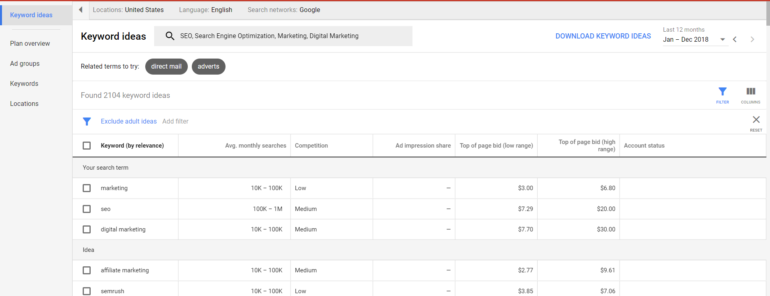
An SEO expert should be well versed in tools like Google’s Keyword Planner. It’s also important to do a lot of research on the competition, but be careful not to copy them. What works for one business might not work for another, even if they’re in the same industry.
Finally, and most importantly, SEO experts need to constantly research Google, and stay on top of its ever-changing search algorithm. SEO is not something that you just learn once and then never touch again. You have to always be reading articles and paying close attention to what Google is doing. If you fall behind, you’ll lose out on a lot of progress.
5. Analysis
Analytics is the backbone of SEO. It’s how SEO experts measure success, so it should be a regular part of their day. Every action that is taken during an SEO campaign can and should be measured.
Experts in SEO should understand how to pull analytics as well as how to read and interpret the data that they’re receiving.
But they have to know a lot more than how to simply read the results. Any SEO expert worth the title will know how to take action and apply those analytics to the site that they’re working on in order to achieve continued success.
SEO is a report-based process, so any SEO professional who does not have strong analytical skills will be unable to monitor their successes and failures.
6. Decision Making
Throughout the SEO process, you have to make decisions on the go. It is a constantly evolving atmosphere and you can’t always wait to discuss developments in a committee.
What’s more, SEO is never a consistent process. Google is constantly changing the way it examines websites and changes have to be made fast, lest you lost the progress you’ve gained. That’s why it’s important that SEO experts have the ability to make decisions quickly.
Knowing how to make the best decision in a given situation without having to ask 10 different people their opinions is a strong quality that all SEO experts should demonstrate.

(Image Source)
Such skill only comes from having inside-out knowledge of Google’s process and keeping an ear to the ground to determine when things are changing.
7. Flexibility
If a specific strategy that an SEO expert believed would be a sure thing turns out to be a flop, it’s important that they know when it’s time to course-correct.
One size does not always fit all with SEO. That means what worked well for other companies won’t necessarily be a slam dunk for another company. Your SEO expert should have the flexibility to switch strategies at a given moment.
What’s more, it’s important that these strategy shifts not kill any momentum or slow the process down in any way.
8. Writing
Strong writing skills are a must for anyone managing an SEO campaign. Remember, search engine optimization is a content driven strategy, and SEO writing is an art form that not everyone is good at.
It is exceedingly difficult to weave keywords into your content without making it seem forced. There is nothing more painful than reading a blog or information page that has been obviously stuffed to the brim with keywords. Readers see right through it and so does Google. At the end of the day, bad writing may actually hinder your SEO progress.
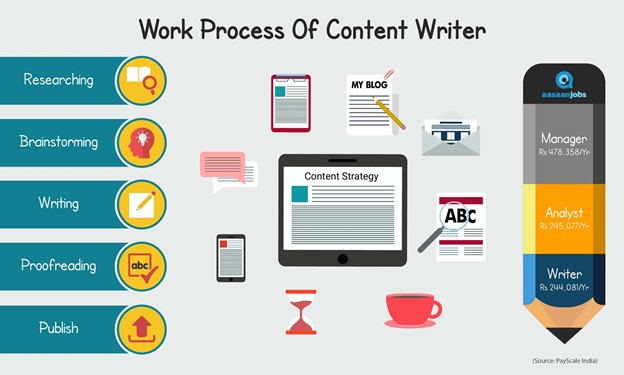
SEO experts should also understand what kind of content gets clicks in your industry. You have to appeal to both Google and your core audience. What’s the point in drawing people to your site if the content is bad and doesn’t encourage customers to make a purchase?
An SEO specialist also needs to understand how to blog effectively for link building. One of the best ways to get links for your website is to write blogs and shop them around to other relevant sites. These blogs should not be about your service specifically, but rather a general information piece that shows off your expertise and includes a link back to your site.
SEO experts should specialize in writing content for both web pages and blogs, creating titles, writing metadata, and more.
9. Web Coding
While SEO experts don’t have to be web designers, it’s important that they understand the basics of website design and Meta tags.
SEO specialists have to be a rare breed of marketing professional with an understanding of how to merge web design and SEO strategy in a way most web designers would not appreciate.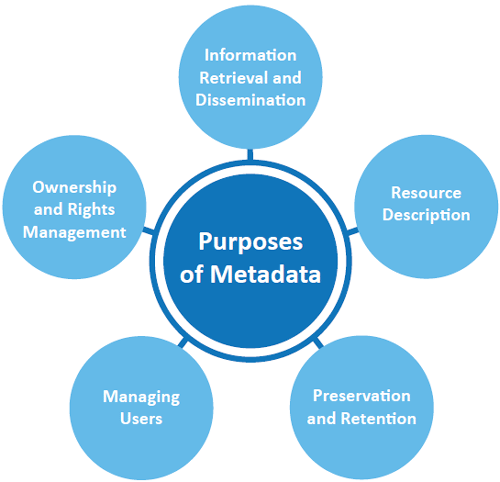
(Image Source)
When you’re designing a site for SEO purposes, you have to always keep the overall strategy in mind. Designing an SEO-compliant site means relying less on artistic vision and more on cold hard data, which flies in the face of what most designers are looking to do.
10. People Skills
Having people skills will help an SEO expert in the realm of client communication. Clients tend to get upset because they don’t understand how the SEO process works. This can lead to frustrations and unfair expectations. It’s important that an SEO expert understands how to properly communicate and manage the expectations of their clients so as not to back themselves into an unwinnable situation.
For example, SEO takes time. Most SEO campaigns will go a full six months before any kind of return on investment is seen. If that is not properly communicated to a client, they may become fed up after the first month or two.
You don’t just want to communicate your point effectively; you want to do it in a way that can reassure people that SEO results will happen in time.
11. Humility
As we mentioned before, the world of Search Engine Optimization is constantly changing. Even experts can get left behind if they’re not keeping up with Google’s constant algorithm changes.
Believe it or not, humility is a skill in the SEO world. Some people simply prefer to learn what they can to do their job, then go home and do other things. For an SEO expert, work cannot be something to just “get through.”
Being an SEO expert never means knowing everything there is to know about the world of SEO. To think so would be arrogant, and there is no room for ego in SEO. Specialists have to be able to recognize when they’ve made mistakes, accept that certain ideas that they’ve had won’t work, and move along quickly and efficiently without stubbornly dragging their heels through the sand.
12. Ability to use popular SEO tools
The SEO industry is pretty complex.
It involves way too many variables.
Every client requires you to manage huge amounts of data: Keywords, broken links, duplicated pages, backlinks, competitors, content, and more.
Dealing with all these variables manually is virtually impossible.
To do it, you need to tap into the right technology.
In today’s day and age, there’s a tool to perform any task involved in the SEO process. Even though there are hundreds of platforms available, we can chunk them into four main categories:
- Research: Tools that help you analyze competitors, keywords, backlinks, and more to find opportunity gaps and develop a solid SEO strategy (e.g. keyword planners).
- Optimization: Technology that helps you understand how you’re doing and tells you how to improve based on specific benchmarks (e.g. content optimization platforms and speed analytics tools).
- Monitoring: Platforms that monitor your SEO performance (e.g. rank tracking technology).
- All-in-one: Tools that combine the three functionalities into a single place.
By learning how to use these SEO platforms, you’ll be better equipped to provide better results to your clients while saving yourself from tons of headaches.
13. Content Marketing
Again, content goes hand in hand with SEO.
But content writing is often not enough.
To get results through SEO, you must understand the role content plays in the overall SEO strategy and how to organize their efforts appropriately.
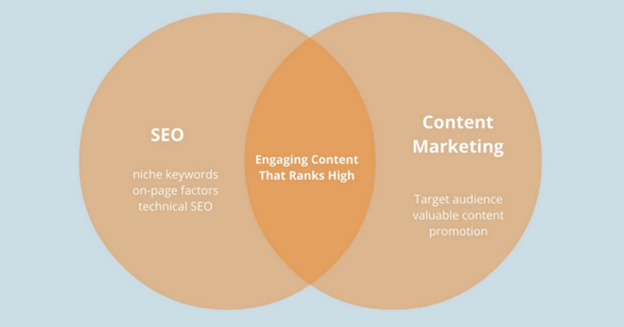
(Image Source)
Even if you don’t produce the content yourself, you need to know what to look for and how to optimize your client’s content strategy to improve your SEO.
For instance, almost no one will link to a piece of content that doesn’t provide value.
By helping your clients produce better, more relevant content, you’ll simplify your link-building process and, thus, impact your SEO efforts positively.
Or if you optimize and improve a client’s outdated piece, you’ll increase the odds of ranking for a specific keyword.
These are simple examples, of course.
The point is that content is a crucial element in modern SEO and, to stay relevant in the game, you should sharpen your content marketing skills.
Know What to Look For
If you want to hire an SEO expert to improve your search engine standings, it’s important to know what it is that you’re looking for. You want an individual or company that properly embodies all of these 10 vital tasks.
You need critical minds who understand how to prioritize their actions. You need someone who is heavily research-minded won’t mind the long hours that it takes to compile lists of high-value relevant keywords. It has to be someone who knows how to analyze a website, make decisions on the fly, and is flexible enough to abandon failing strategies at a moment’s notice and adopt an entirely new perspective.
You’re looking for a strong writer with a background in web coding, who understands what needs to happen on the back end for SEO to truly succeed. What’s more, your SEO professional should be able to easily explain the process to you and manage your expectations while remaining humble and keeping their ear to the Google ground.
Sometimes it can be difficult to find one person that embodies these specific traits. That’s why it’s often a great idea to employ the services of a full-service SEO marketing firm over bringing in an in-house employee to manage your campaign full time. An SEO firm puts an entire team of professionals at your disposal, working together toward one common goal, to push your website up to the first page of Google and to keep it there.
SEO can and does work. Don’t be discouraged by a previous bad experience or a lack of quick progress. Invest in SEO and watch your visibility rise to the top of the world’s most trafficked search engines.
The post 13 Skills Every SEO Expert Should Have in 2022 appeared first on HigherVisibility.
 Google November Spam Update
Google November Spam Update PSA: Google Ads Account Suspensions Over Violating Webmaster Guidelines
PSA: Google Ads Account Suspensions Over Violating Webmaster Guidelines Google Business Profile Name Live
Google Business Profile Name Live Google: You Shouldn’t Be Creating Links To Your Site
Google: You Shouldn’t Be Creating Links To Your Site
 BOGO on Press Releases (Save 50% Buy 1 Get 1 Free)
BOGO on Press Releases (Save 50% Buy 1 Get 1 Free) BOGO on Monthly Brand Links (Save 50% Buy 1 Get 1 Free)
BOGO on Monthly Brand Links (Save 50% Buy 1 Get 1 Free) Free Upgrades on Custom Signals (Save $49 to $118 in Free Upgrades)
Free Upgrades on Custom Signals (Save $49 to $118 in Free Upgrades) Free Custom Signals Add-On for Monthly Campaigns
Free Custom Signals Add-On for Monthly Campaigns




